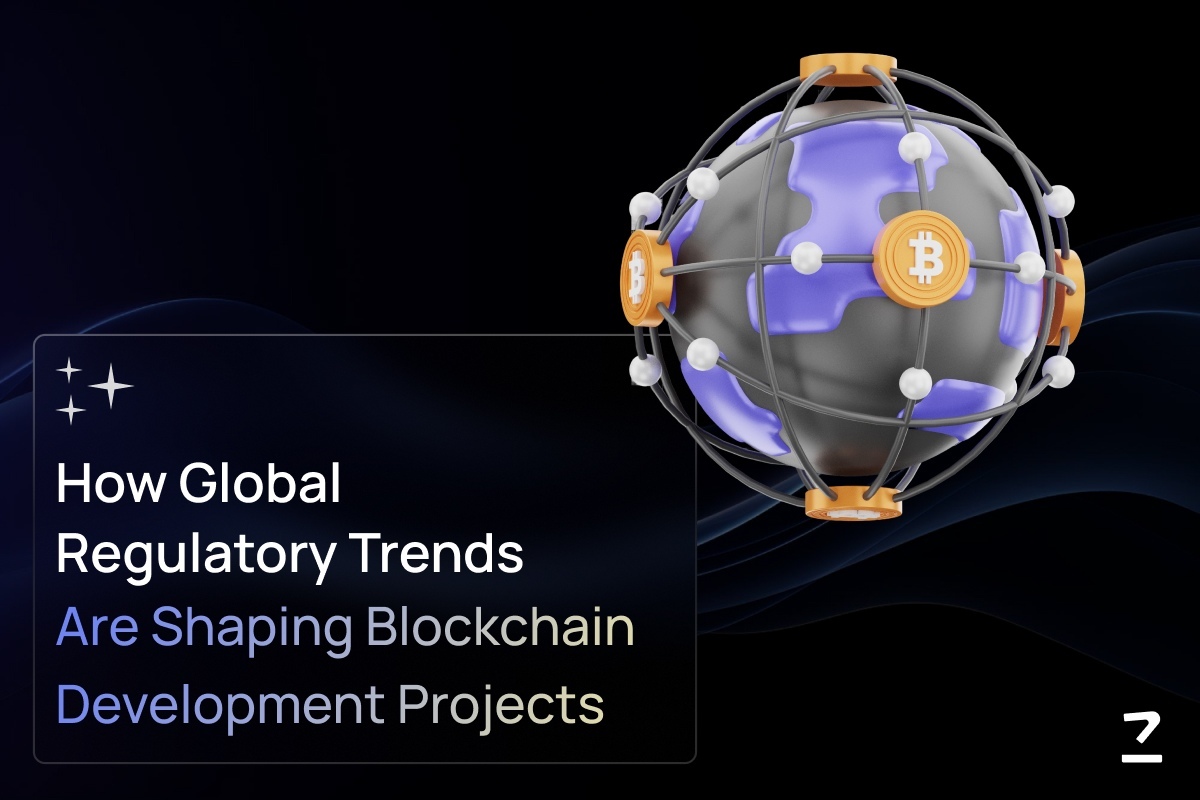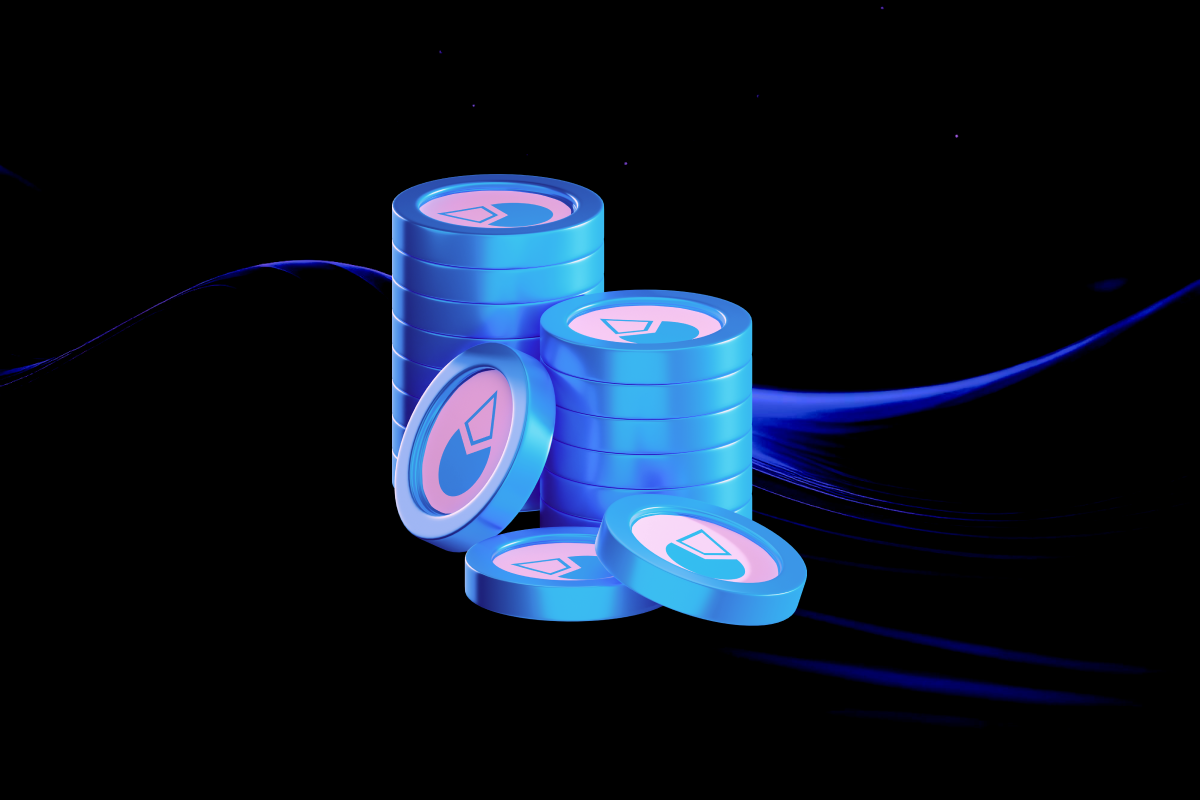SHARE THIS ARTICLE
Understanding Ethereum's Proposed Upgrade: Multidimensional Gas Pricing and EIP-7702

As a blockchain platform, Ethereum is a vast ecosystem of decentralized applications (dApps), smart contracts, and digital assets. To maintain smooth operation, Ethereum utilizes a unified resource metric – “gas”. This system requires users to pay a fee, measured in gas units, for every transaction or interaction with the network.
While the current gas fee system serves its purpose, it relies on a single dimension: computational cost. This means that transactions with similar computational demands incur the same gas fees, irrespective of their impact on other network resources like storage or bandwidth. This one-size-fits-all approach results in inefficiencies, particularly as network usage grows.
With an aim to address these limitations, Vitalik Buterin, the co-founder of Ethereum, proposed a concept called multidimensional gas pricing in a recent blog post. In the proposal, Buterin explains this innovative approach which takes into account various resource usage metrics, potentially leading to a more granular and efficient allocation of network resources. According to him, multidimensional gas pricing can improve scalability, improve transaction speed, and optimize overall network efficiency.
In addition to multidimensional pricing, Buterin, together with co-authors - Sam Wilson, Ansgar Dietrichs, and Matt Garnett, have proposed another upgrade EIP (Ethereum Improvement Proposal)-7702 in a separate post. The upgrade is an alternative to EIP-3074 and aims to refine account abstraction on the Ethereum network. In the subsequent sections of the article, we’ll explore both these advancements in detail.
Multidimensional Gas Pricing
The current Ethereum gas fee system, while functional, utilizes a single metric - computational cost - to determine transaction fees. This approach suffers from limitations as network usage expands.
Limitations of the Current System
Under the existing system, the gas cost is essentially a monolithic fee. It's a single price tag encompassing various components.
-
Basic Fee: It is the minimum required to initiate the transaction and enter mempool (a waiting area for transactions).
-
Data Fee: An additional fee proportional to the amount of data included in the transaction (e.g. smart contract code).
-
Storage Fee: Implicitly included within the computational cost, this fee reflects the cost of storing data permanently on the blockchain.
However, as Buterin has pointed out, this approach assumes that all computational resources are interchangeable. In reality, different resources have distinct characteristics and impact the network in distinct ways. A complex smart contract might demand high computational power but minimal storage while uploading a large file utilizes significant bandwidth but requires less computational effort.
The current system's inability to distinguish between these varying resource demands can lead to inefficiencies. For instance, resources like storage might be underutilized if the price doesn’t accurately reflect their true cost. Conversely, bandwidth congestion could occur if data-heavy transactions are underpriced compared to their network impact.
A Considerable Decline in Avg. Gas Fees | Source: TradingView
A Shift Towards Multidimensional Gas Pricing
Multidimensional gas pricing addresses these limitations by introducing separate pricing mechanisms for distinct resource types. This facilitates a more granular evaluation of a transaction’s impact on the network. Here’s a breakdown of some key resources to be considered.
-
Storage: Transactions that modify blockchain state (e.g., smart contract writes) would incur a storage fee. This reflects the cost of permanently storing this data on the distributed ledger.
-
Bandwidth: Transactions that necessitate significant data transfer across the network (e.g., large file uploads) would be subject to a dedicated bandwidth fee. This cost reflects the network resources consumed by propagating this data to all validators.
-
Computational Complexity: While computational cost remains a factor, it becomes one element within a broader pricing framework. Transactions with high logic execution requirements would still incur a higher computational gas fee.
Benefits of a Multidimensional Approach
This shift towards a multidimensional gas pricing model offers several advantages:
Improved Resource Management
By considering a wider spectrum of resource usage, the network gains the ability to allocate resources more effectively. Transactions with minimal storage or bandwidth demands wouldn't be burdened by high fees associated with complex computations. This finer-grained control leads to a fairer and more efficient resource allocation system.
Scalability Through Prioritization
Multidimensional gas pricing provides a mechanism to prioritize transactions based on their resource profiles. Transactions deemed critical, such as financial settlements or real-time data updates, could be assigned higher gas limits for specific resource types (e.g., bandwidth) to expedite their processing. This makes scaling the network easier by ensuring crucial transactions are not bottlenecked by less resource-intensive operations.
Reduced Fees for Simple Transactions
The segregated pricing structure has the potential to significantly reduce transaction fees for operations with minimal resource demands. This could benefit both users and developers building decentralized applications (dApps) on the Ethereum platform, leading to a more cost-effective development environment.
Potential Implications of Implementing Multidimensional Gas Pricing
Implementing a multidimensional gas pricing system also comes with some potential implications.
Increased Complexity
Both users and Ethereum development companies will need to adapt to a more complex fee structure. Understanding and managing separate gas prices for different resource types could present a learning curve for some users. Additionally, developers may need to refactor their applications to optimize resource usage and minimize transaction fees.
Security Considerations
With more factors influencing transaction costs, potential vulnerabilities could come up. For instance, malicious actors might exploit the system by manipulating resource usage patterns to disrupt network operations. Careful design and implementation, along with looping in a reputed Ethereum consulting services provider, are crucial to avoid these security risks.
Price Discovery
Determining the appropriate price for each resource type will be an ongoing process. The Ethereum community will need to establish mechanisms for fair and efficient price discovery so that the system functions effectively over the long term.
Implementation of Multidimensional Gas Pricing
While full implementation is still under development, Ethereum is already taking steps towards this model with EIP-4844, a key component of the Dencun upgrade (February 2024). EIP-4844 introduces "blobs" – a separate data storage area within blocks with distinct pricing and limits compared to regular transaction data. This represents a significant first step toward a multidimensional pricing structure.
The Dencun upgrade, including EIP-4844, has demonstrably improved the efficiency of rollups. By introducing blobs with dedicated pricing, EIP-4844 significantly decreased the cost of rollup transactions. Lower costs have led to a surge in transaction volume being processed through rollups. Despite blobs, the overall block size on the Ethereum mainnet has only seen a slight increase, maintaining a balance between scalability and decentralization.
EIP-7623 and Floor Prices
As envisioned by Vitalik Buterin, proposals like EIP-7623 introduce "floor prices" to multidimensional gas pricing. This ensures transactions are charged a higher base computational cost or a heightened data cost. This approach has the potential to improve scalability by allowing the network to handle a wider variety of transaction types and volumes without a corresponding increase in overall fees or congestion. Moreover, the system can reportedly provide a more flexible framework for managing network resources as new technologies emerge.
A fully functional multidimensional gas pricing system will likely require further upgrades to the Ethereum Virtual Machine (EVM) and its transaction handling. These upgrades could involve complex technical challenges and may take time to implement and integrate optimally.
EIP-7702 and User Experience
While multidimensional gas pricing focuses on optimizing resource allocation and network efficiency, another proposal by Vitalik Buterin, EIP-7702, takes a complementary approach aimed at improving the user experience for interacting with the Ethereum blockchain.
EIPs and the Need for Improvement
Before getting into the details of EIP-7702, it's important to understand its context. EIP-3074, a previous proposal, aimed to improve communication between externally owned accounts (EOAs) and smart contracts. It introduced new opcodes, facilitating more flexible and efficient transactions, particularly for complex scenarios.
However, as the technology advanced, EIP-3074 faced security concerns and technical limitations. The potential for authorization abuse and subsequent vulnerabilities became more apparent, especially in high-value or large-scale transactions.
What is EIP-7702
EIP-7702 addresses these challenges and builds upon the foundation laid by EIP-3074. It inherits functionalities like batch processing and transaction sponsorship while also making way for advancements in account abstraction. This concept separates the operational logic of user accounts from their underlying implementation, facilitating more sophisticated transaction types and control strategies.
EIP-7702 introduces a new type of transaction that allows EOAs to temporarily assume the role of smart contract wallets during a transaction. This allows users to execute complex and flexible transaction strategies while maintaining security. It optimizes the user experience as well as prepares the Ethereum network for potential challenges.
Furthermore, EIP-7702 prioritizes compatibility with developing standards like ERC-4337, showcasing a forward-thinking design built for scalability and adaptability. This proposal does not just address current limitations; it represents a significant contribution to the future direction of Ethereum's development.
The Mechanics of EIP-7702
By allowing EOAs to act temporarily as smart contract wallets during transactions, EIP-7702 makes them proficient in performing complex operations previously reserved for smart contracts.
Technically, this new transaction type incorporates a "contract_code" field and signatures to ensure secure and accurate execution. The "contract_code" field allows for the dynamic inclusion of smart contract code within the transaction itself, essentially enabling a temporary role switch between EOAs and smart contracts. This allows users to perform multiple actions within a single transaction (e.g., batch approving and using ERC-20 tokens), significantly reducing costs and complexity.
Additional innovations include transaction sponsorship, allowing one account to cover fees on behalf of another (ideal for enterprise applications). Moreover, EIP-7702 introduces "privilege degradation", helping account holders assign specific permissions to sub-keys. This improves security by limiting sub-key permissions to specific operations, such as restricting daily transaction amounts or permitting interactions only with authorized smart contracts.
Innovation and Potential
EIP-7702 boosts EOA functionality and prioritizes broad compatibility with future advancements through a unified and forward-looking framework. This design bridges the gap in current functionalities while aiding the Ethereum network in adapting to future technological transformations so that long-term security and stability prevail.
The proposal simplifies the multi-step transaction process by allowing EOAs to act as smart contract wallets when needed. This reduces transaction costs, time delays, and operational complexity. This flexibility is particularly beneficial for interactive financial applications where users frequently execute multiple transaction types.
Furthermore, EIP-7702 anticipates the widespread adoption of account abstraction, a crucial direction for blockchain technology. Account abstraction separates a user's account from its specific operational logic, allowing any account to define its operation through smart contracts. This fundamentally changes user interaction with smart contracts, improving modularity and flexibility. Users can create personalized account policies and complex transaction logic with greater ease and security.
Potential Impact and Future Outlook
The combined impact of multidimensional gas pricing and EIP-7702 on the Ethereum ecosystem can be monumental. Multidimensional gas pricing tackles the issue of network scalability by introducing a more nuanced pricing structure for different types of transactions. This could lead to a fairer allocation of resources, potentially reducing overall transaction fees and congestion on the Ethereum network. At the same time, EIP-7702 simplifies complex transactions, which can reduce the number of steps required and lower gas fees for users. This could significantly improve the overall user experience when interacting with the Ethereum blockchain. Moreover, features like batch processing within EIP-7702 can further contribute to scalability by reducing the number of individual transactions broadcasted to the network. This complements the efficiency gains from multidimensional gas pricing.
Current Stage and Future Outlook
Both multidimensional gas pricing and EIP-7702 are still under development. While not yet included in a specific upcoming upgrade, they are actively being discussed and refined by the Ethereum application development community. The technical feasibility and potential integration points are being evaluated to ensure a smooth and secure implementation.
By addressing network congestion and transaction costs, multidimensional gas pricing and EIP-7702 could enable Ethereum to handle a larger volume of users and transactions. This is crucial for wider mainstream adoption. A more user-friendly and cost-effective experience through EIP-7702, coupled with the potential fee reductions from multidimensional gas pricing, could attract more users to the Ethereum ecosystem. This broader user base would contribute to the overall growth and development of the network.
In conclusion, multidimensional gas pricing and EIP-7702 represent significant advancements with the potential to make the Ethereum network more scalable, efficient, and user-friendly.
Post Author

Vivek is a passionate writer and technology enthusiast with expertise in blockchain development. As the lead writer for Codezeros, he aims to educate and inform readers about the potential of blockchain technology and simplify complex concepts to present them in an engaging manner for both technical and non-technical readers.
Build state-of-the-art Ethereum-based dApps with Codezeros
Ethereum, as a blockchain platform, is evolving continuously and shows promise to be one of the most efficient ones. At Codezeros, we have a team of seasoned blockchain developers with unmatched proficiency in Ethereum dApp development.



